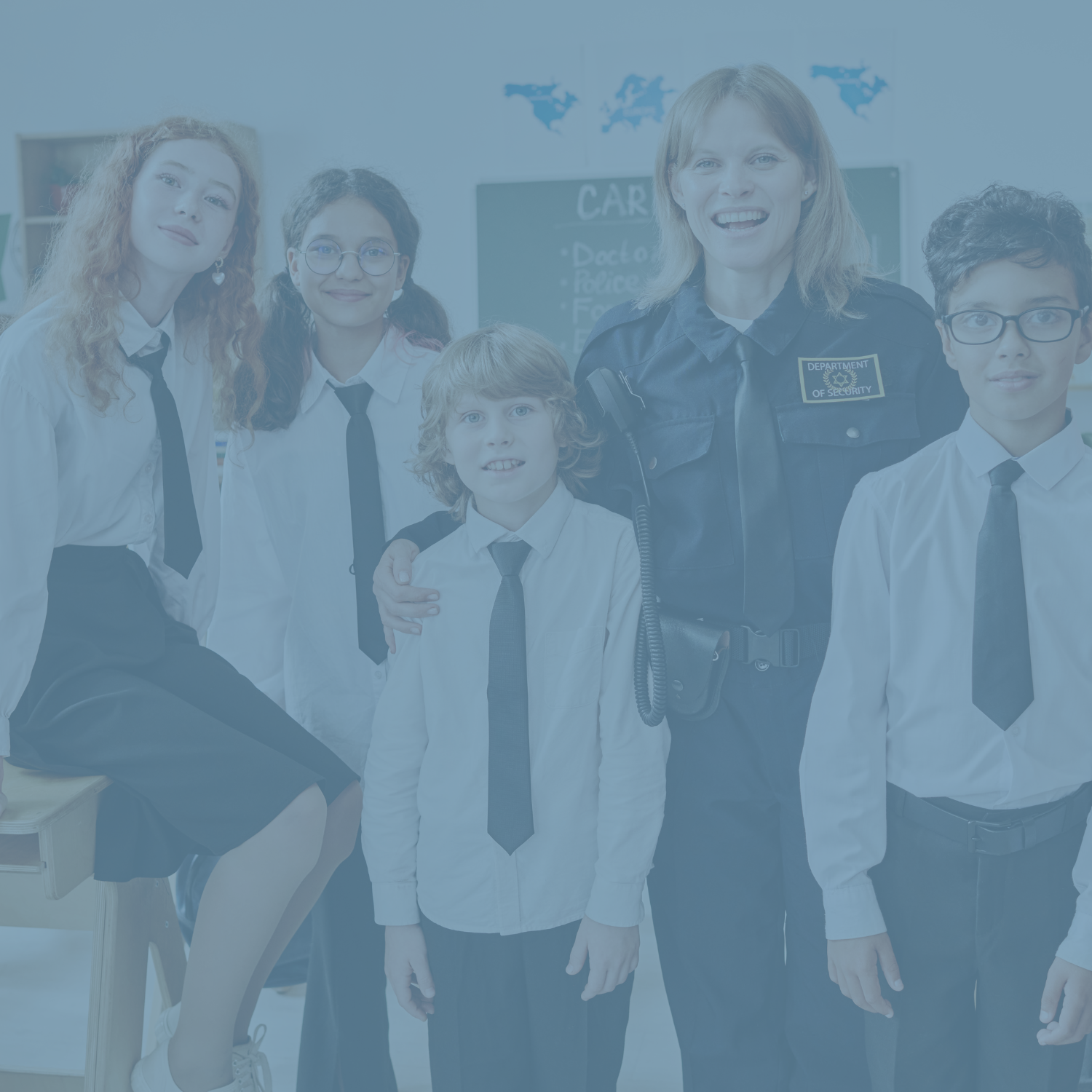Community Training That Works: How Education Has Led to Predator Arrests

Protecting children in today’s digital and physical world requires more than just awareness - it takes action, collaboration, and education. In Florida, the power of child safety training has gone beyond classrooms and workshops, leading directly to safer communities and even the arrest of predators. By equipping parents, teachers, and community members with knowledge, we create a strong network of protection that works hand-in-hand with law enforcement to prevent child exploitation local.
The Power of Education in Action
The impact of online safety education cannot be overstated. When communities receive proper training - whether through seminars, workshops, or digital resources - they learn how predators operate, the red flags to watch for, and the right steps to take when something doesn’t feel right.
In several Florida communities, these trainings have directly led to reports from parents, educators, and even young people who recognized grooming tactics or suspicious behavior. With timely reports made to law enforcement, predators were intercepted before they could cause further harm. These real-world outcomes prove that education is not just theoretical - it saves lives.
Collaboration with Law Enforcement
One of the most critical elements of child safety training Florida is the emphasis on partnership with local law enforcement. Law enforcement agencies rely heavily on community reports to initiate investigations. When community members are educated and confident in spotting danger, they become the eyes and ears that extend beyond police resources.
In fact, many arrests of online predators have been traced back to tips from individuals who had recently attended training programs. Knowing how to capture evidence - such as screenshots, chat logs, or suspicious profiles - and share it with the right authorities ensures predators can be tracked and prosecuted. This collaboration is a prime example of how prevention and justice work hand-in-hand.
Stories of Local Impact
Communities across Florida have seen firsthand the results of these efforts. Teachers who attended workshops recognized inappropriate communication patterns between students and adults online. Parents who learned about grooming behaviors from training reported interactions that didn’t feel safe. In both cases, law enforcement investigations confirmed predatory intent, and arrests were made before exploitation could occur.
Each story demonstrates the ripple effect of training: one parent, teacher, or coach empowered with knowledge can protect not just their child but many others in their circle. The impact of online safety education multiplies when entire communities commit to learning and sharing information.
Building Stronger Communities Together
The fight to prevent child exploitation local requires a united front. Education arms us with tools, law enforcement provides accountability, and together, communities grow stronger and safer. Parents, schools, and civic organizations that invest in child safety training are actively building a culture where predators find fewer opportunities to operate.
At Catch the Wave of Hope, we believe that every training session is more than just an event - it’s a lifeline for a child who may otherwise go unnoticed. By spreading awareness, teaching practical steps, and strengthening community-law enforcement collaboration, we can ensure predators are stopped in their tracks and children are given the safe environments they deserve.
Take Action Today: Join us in supporting child safety training Florida programs, share resources with your networks, and be part of the wave of prevention. Together, we can continue to turn education into protection and protection into justice.


